Teano. Church of Santa Maria La Nova
2021
You may also like
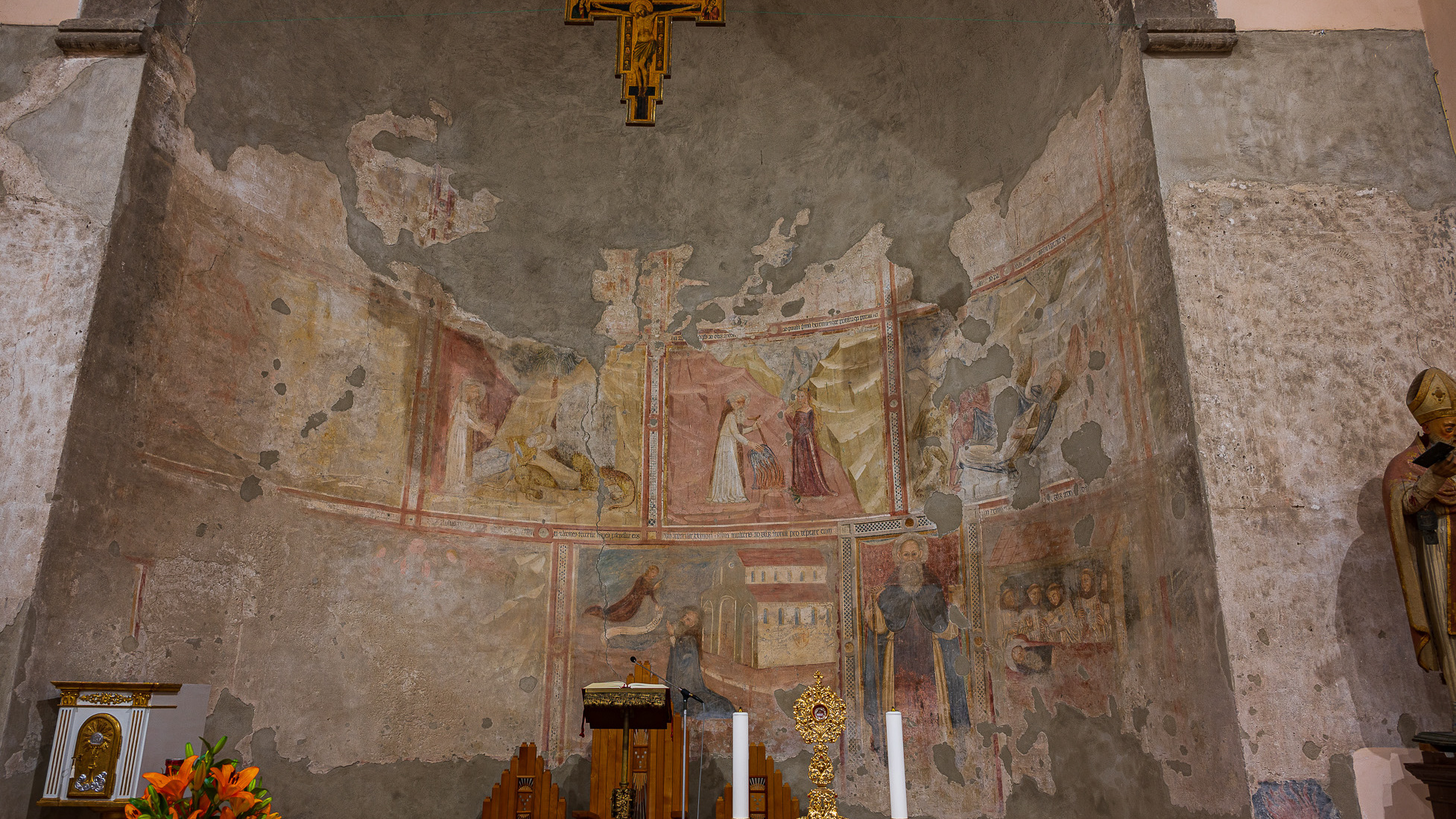
2023
Teano. Church of S. Antonio Abate
Dating back to the 14th century, the Church is made up of a single rectangular nave and a semicircular apse, the latter frescoed with episodes from the life of the Saint.
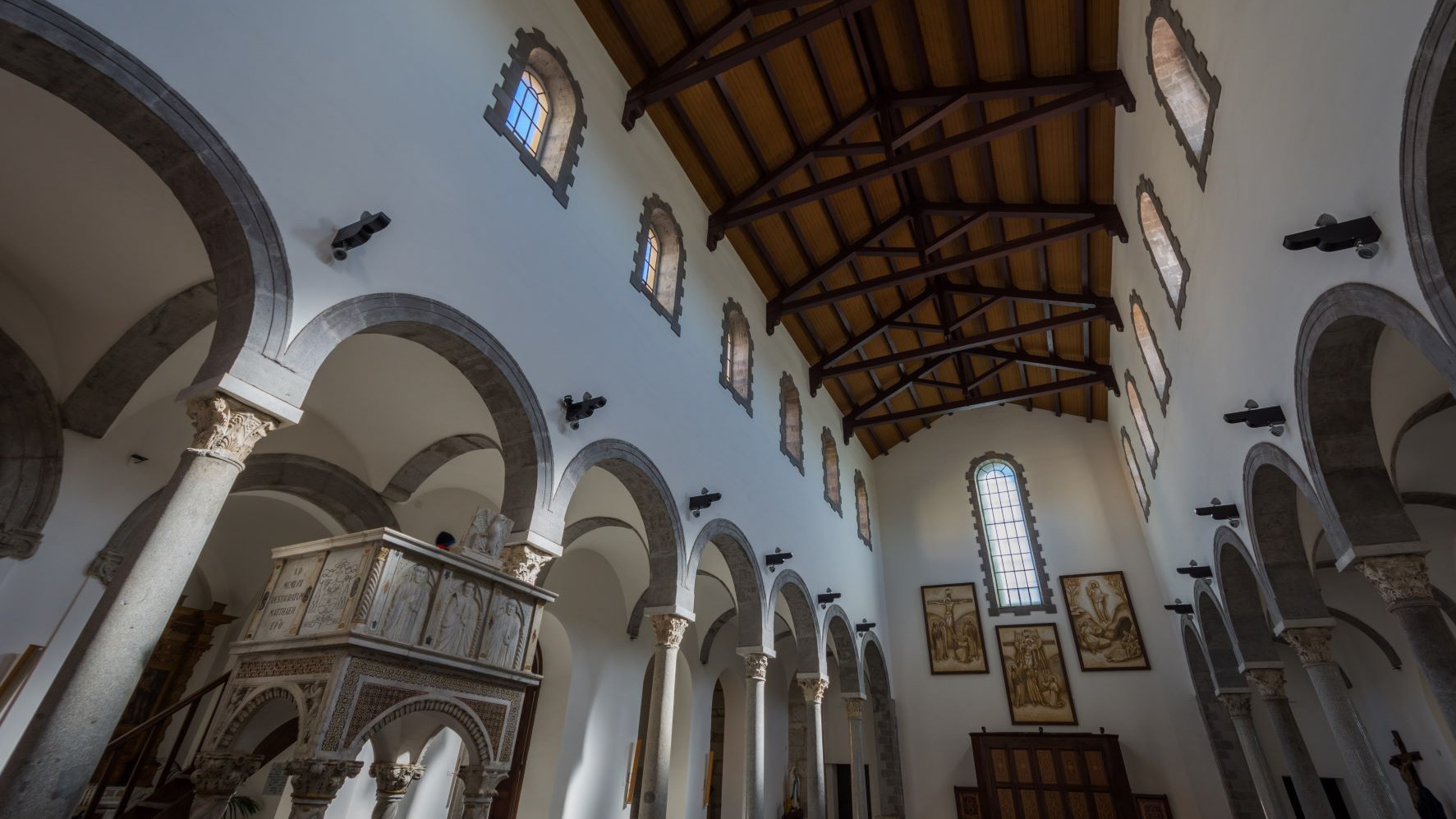
2021
Teano. The Dome. The central nave
The cathedral, originally dedicated to San Terenziano, was later named after San Clemente. Construction began in 1050 by Bishop Guglielmo, to replace the old cathedral of San Paride ad Fontem, located outside the city walls. The works were completed in 1116 by Bishop Pandulfo. The building has a basilica structure divided into three naves by two rows of columns. In 1608 it was damaged internally by a fire that almost completely destroyed the cosmates ambo, subsequently recomposed using the remains of the previous one integrated with the marble slabs of a fourteenth-century sepulchral monument already present in the church and positioned on twisted columns, two of which rested on fountain lions. During the 16th century the Romanesque apse was modified and on that occasion a precious carved wooden choir was built in the presbytery, built in 1539 by the Benedictine Antonio Maria Sertorio. The choir underwent two restorations, the first in the 17th century and the second in 1957, following the damage suffered during the Second World War.
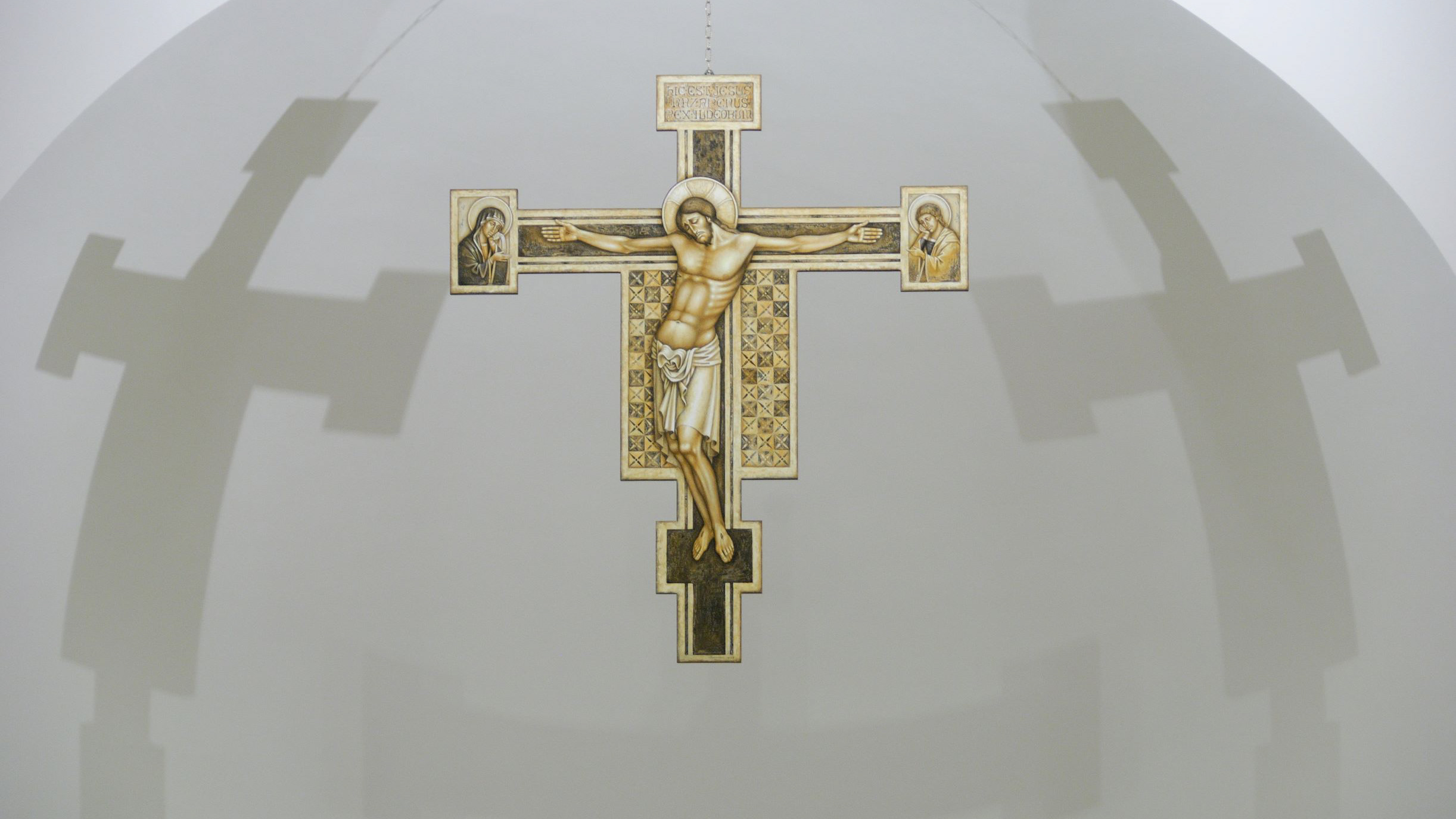
2020
Teano. The Cathedral. Left side chapel
The cathedral, originally dedicated to San Terenziano, was later named after San Clemente. Construction began in 1050 by Bishop Guglielmo, to replace the old cathedral of San Paride ad Fontem, located outside the city walls. The works were completed in 1116 by Bishop Pandulfo. The building has a basilica structure divided into three naves by two rows of columns. In 1608 it was damaged internally by a fire that almost completely destroyed the cosmates ambo, subsequently recomposed using the remains of the previous one integrated with the marble slabs of a fourteenth-century sepulchral monument already present in the church and positioned on twisted columns, two of which rested on fountain lions. During the 16th century the Romanesque apse was modified and on that occasion a precious carved wooden choir was built in the presbytery, built in 1539 by the Benedictine Antonio Maria Sertorio. The choir underwent two restorations, the first in the 17th century and the second in 1957, following the damage suffered during the Second World War.
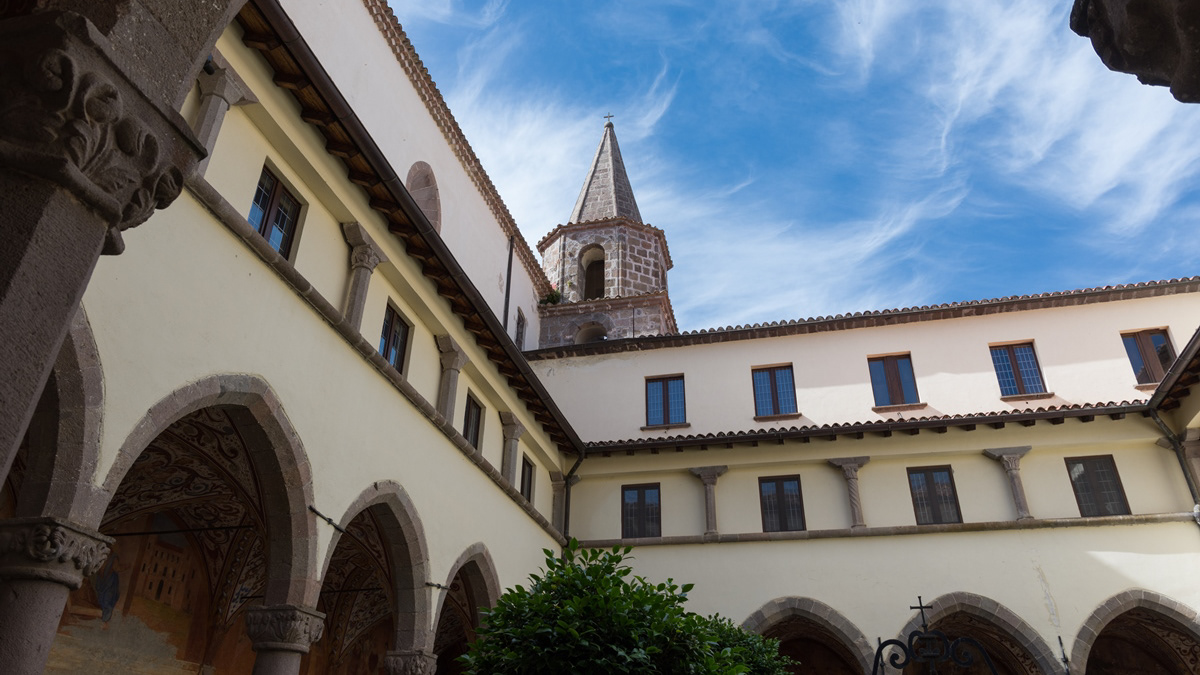
2018
Roccamonfina, sanctuary of Maria SS dei Lattani
The sanctuary of Maria Santissima dei Lattani is a Marian sanctuary located in the territory of the municipality of Roccamonfina, in Campania, the place of death of the bishop Giacinto Tamburini. The sanctuary was founded in 1430 by San Bernardino da Siena and San Giacomo della Marca, who had arrived there following the news of the discovery of a statue of the Virgin in the same or the previous year. A first rural chapel was built, then a first church, enlarged shortly after in its present form between 1448 and 1507. In 1446 Pope Eugene IV entrusted the convent, which had risen in the meantime, to the Franciscans. In March 1970 the sanctuary was elevated by Pope Paul VI to the dignity of a minor basilica. The buildings of the sanctuary open onto a large internal courtyard, opening onto the panorama. It is overlooked by the church, the convent and a building built at the time of its foundation, called "Protoconventino" or "hermitage of San Bernardino", recently restored in its original form. The facade of the church, preceded by a large porch with a round arch, preserves the original wooden door of 1507. The interior, with a single nave, divided into spans by pillars that support the cross vault with a lowered pointed arch, preserves 15th and 18th century frescoes and Gothic windows with polychrome stained glass. On the left opens the chapel dedicated to the Virgin of the Lattani, with a frescoed dome, which houses a statue of the Madonna and Child in basalt stone, covered with polychrome painting, perhaps attributable to the 9th century. The convent has a façade with arched portico and inside a rectangular cloister with pointed arches supported by small columns, of various shapes, on two floors. There are 17th century frescoes painted by his father Tommaso di Nola. The refectory opens onto the cloister. The so-called "Protoconventino" building overlooks the internal courtyard with a two-storey loggia, open to the valley with windows, the lower one decorated with a rose window. In the courtyard there is also a stone fountain and on the side facing the mountain a fifteenth-century fountain decorated in 1961 by a representation on colored ceramic.
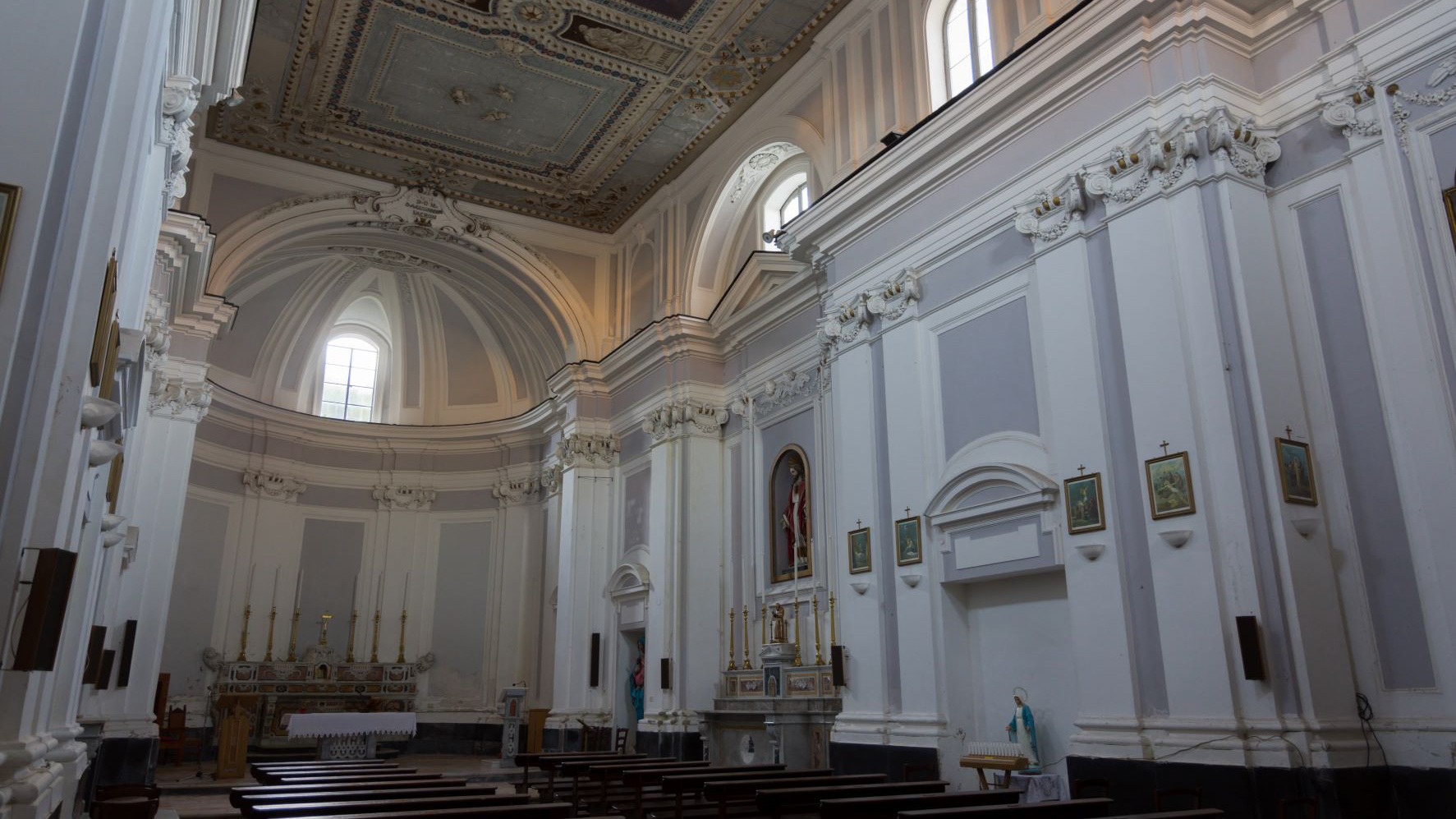
2021
Teano. Church of Sant’Agostino
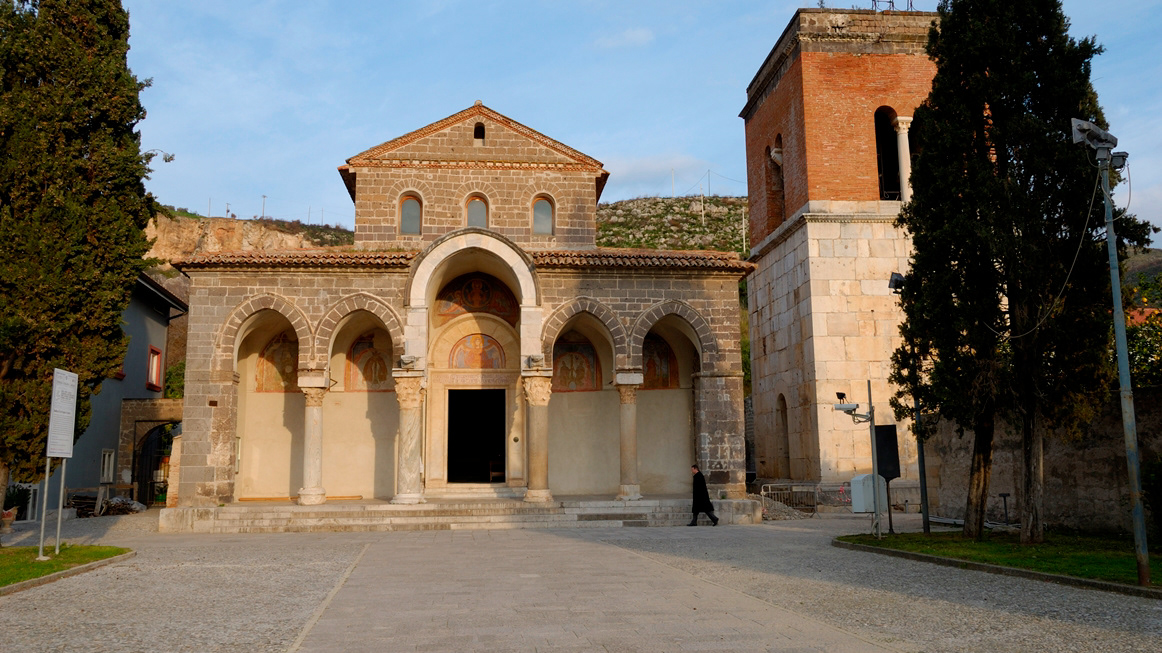
2008
Benedictine Abbey of S. Angelo in Formis
The church, dedicated to San Michele Arcangelo, rises along the western slope of Mount Tifata. Initially in the documents the building is indicated as ad arcum Dianae ("at the arch of Diana"), recalling that it stood above the remains of the temple dedicated to this divinity, while later it is referred to with the denominations ad Formas , Informis or in Formis. The etymological interpretation of the new name is controversial: on the one hand, the hypothesis is that it derives from the Latin term forma ("aqueduct"), and that it indicates the proximity of a conduit or aquifer; while on the other hand the term is considered derived from the word informis ("formless", and therefore "spiritual"). The remains of the Roman temple were found in 1877, and it has been noted that the basilica retraces its perimeter, adding the apses at the end of the aisles. The first construction of the basilica can be traced back to the Lombard period, on the basis of the widespread diffusion of the cult of the archangel Michael among the Lombards at the end of the sixth century. At the time of the bishop of Capua Pietro I (925-938), the church was donated to the monks of Montecassino, who wanted to build a monastery there. The church was then taken from the monks and given back to them in 1072 by the prince of Capua, Riccardo. The then abbot Desiderio di Montecassino (the future Pope Victor III) decided to rebuild the basilica (1072 - 1087) and still respected the architectural elements of pagan origin. To him we owe the frescoes of the Byzantine-Campanian school that decorate the interior and which constitute one of the most important and best preserved pictorial cycles of the time in southern Italy. The reconstruction of the portico in front of the church, with new frescoes, and a reconstruction of the bell tower following a collapse have been attributed to the 12th century
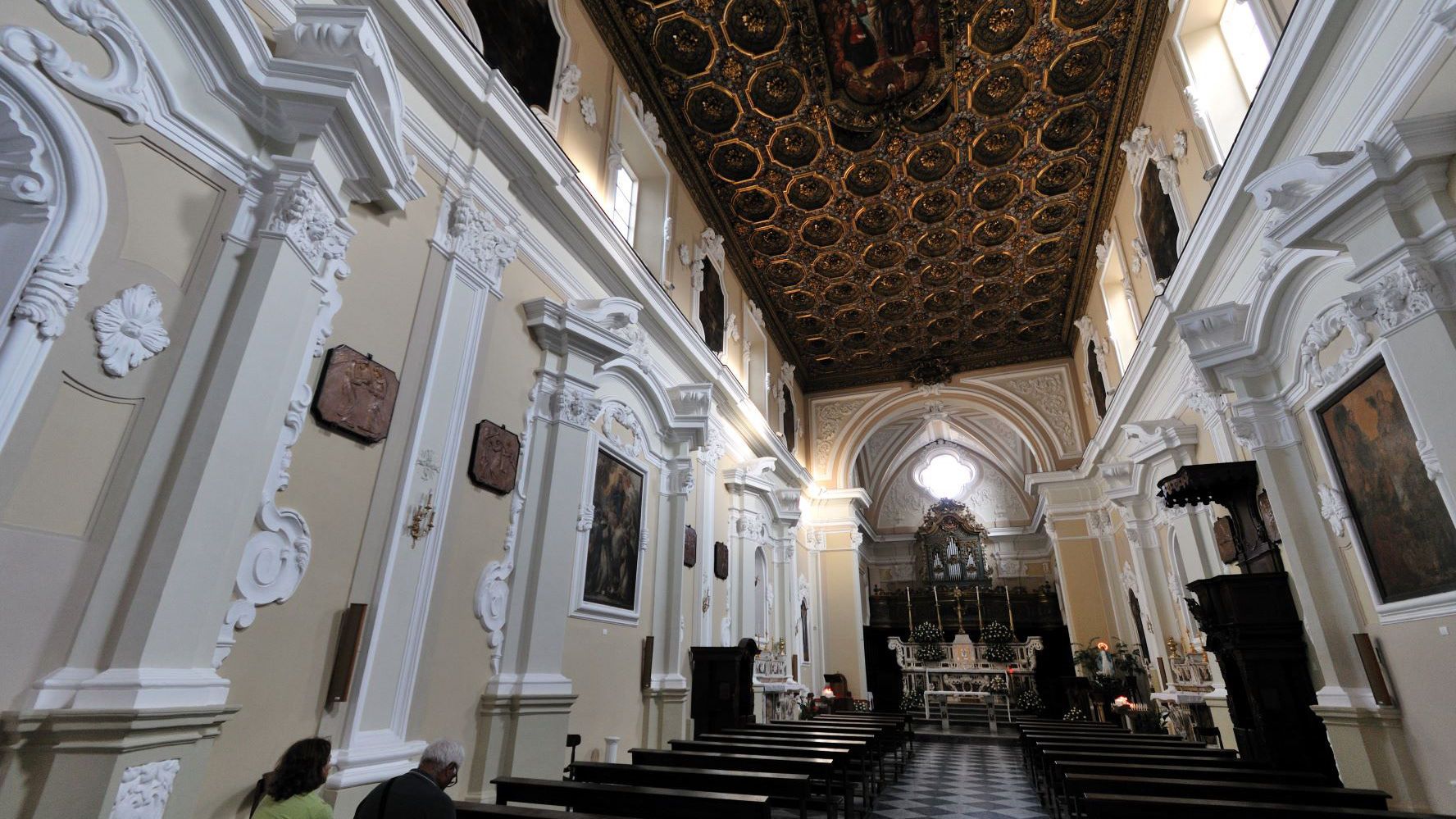
2021
Teano. Church of San Francesco.
Built in the fourteenth century, in Gothic style, by the Conventual Minors it was extensively remodeled in the Baroque age. The magnificent gilded wooden ceiling with one hundred finely carved coffers, with outlines decorated with wreaths of painted roses, for the splendor of the gilded mass wins the comparison with many other similar works. The panel in the center of the ceiling (St. Francis and the council), in which the popes Pius XII, John XXIII and Paul VI and the late bishop of Teano Mons. Sperandeo are depicted, is a modern work by Augusto De Rose. On the entrance door there is a large canvas of the Immaculate Conception by Girolamo Cenatiempo (first half of the 18th century).
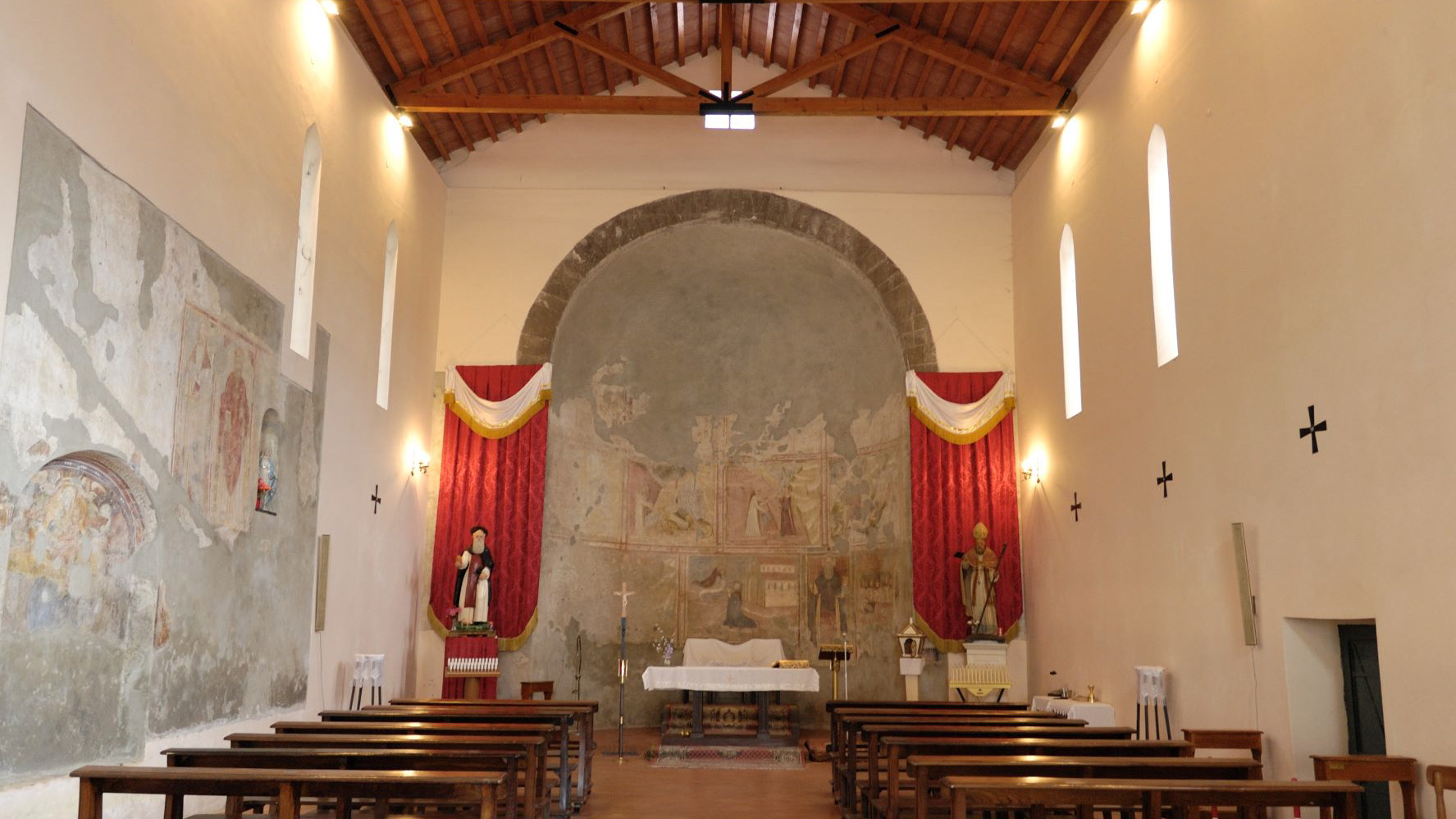
2021
Teano. Church of Sant'Antonio Abate
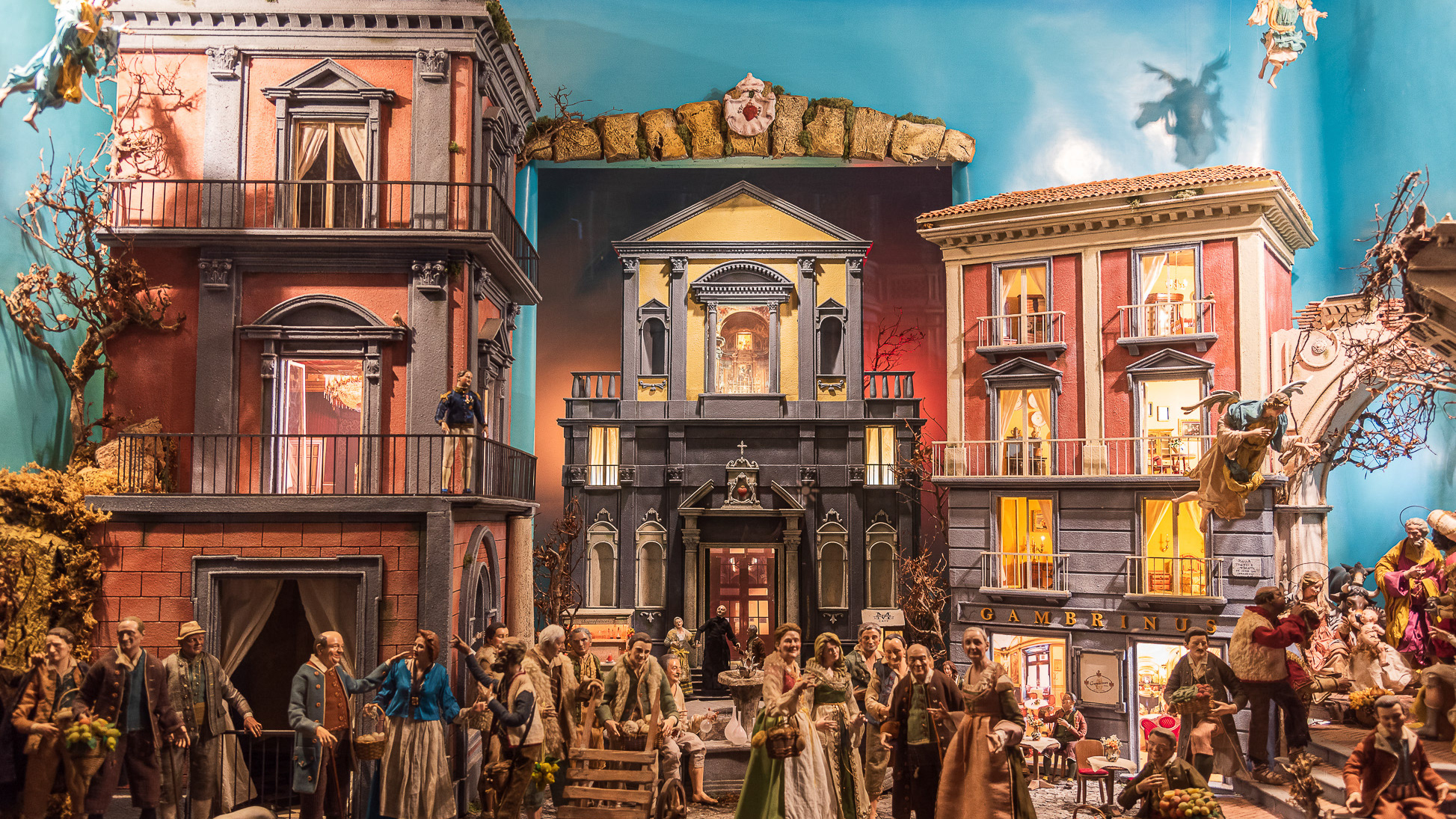
2023
Naples. The church of San Ferdinando
The church of San Ferdinando is a monumental church in Naples located in the historic center of the city, in Piazza Trieste e Trento.
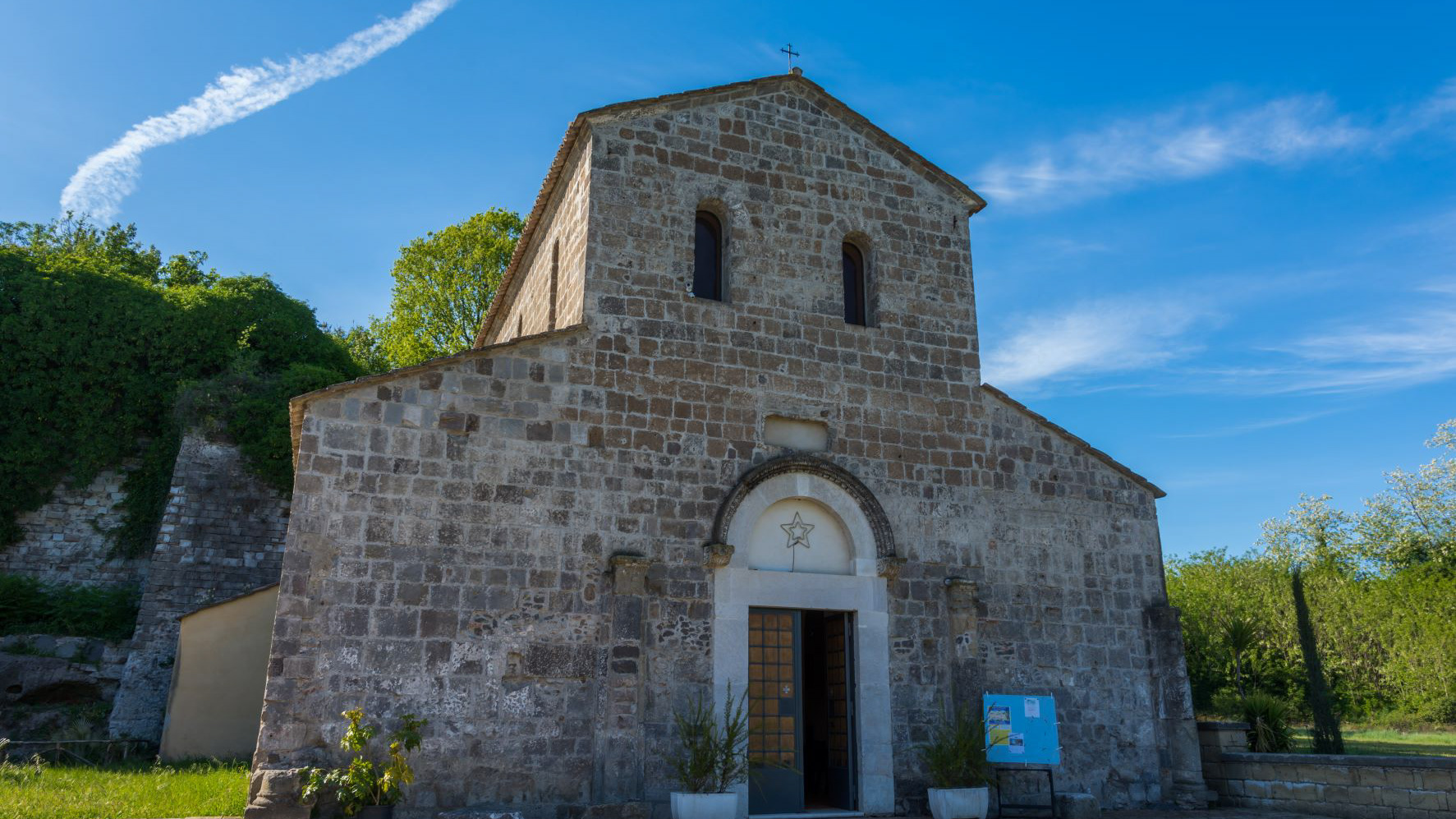
2021
Teano. Church of San Paride ad Fontem
The building of S. Paride is a church with a basilica structure with three naves, and termination with a semicircular apse. The facade, where it is possible to admire the building technique in tuff blocks arranged in regular rows, is characterized by the presence of two semi-columns in tuff on the sides of the portal, and a third in the right corner. The half-columns each rest on a pilaster, also in tuff. A fourth semi-column must have been present near the left corner, where there is still a Tuscan base still in tuff. These still retain the Corinthian capitals of reuse, also in local tuff. The entrance is rather simple, with a molded secmicircular frame supported by two shelves with inlaid motifs in plants. The marble frame still preserves the kyma lesbio decoration, followed by a curb with parallel lines and a second frame with denticles. The frame overlooks a lunette where traces of a fresco can no longer be read. The whole is surmounted by two mullioned windows. Internally, the naves are divided into six bays and separated by arches supported on each side by five quadrangular pillars. The light comes from the mullioned windows placed on the perimeter walls. A large opening, now flanked, also with a round arch, is visible along the left perimeter. The only piece of furniture is the so-called chair of S. Paride, made up of a reddish tuff block. The interior is rather simple, and still has a small crypt with burials in the crate.
